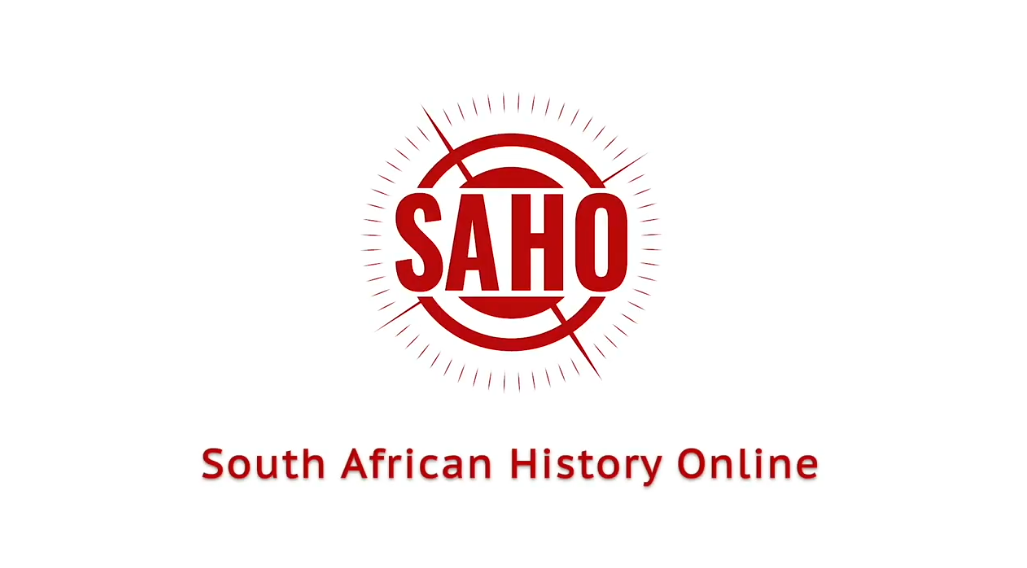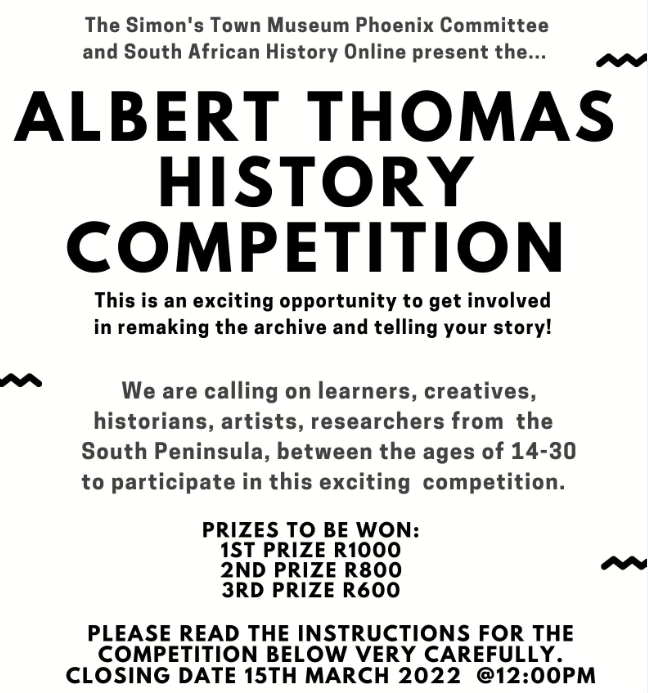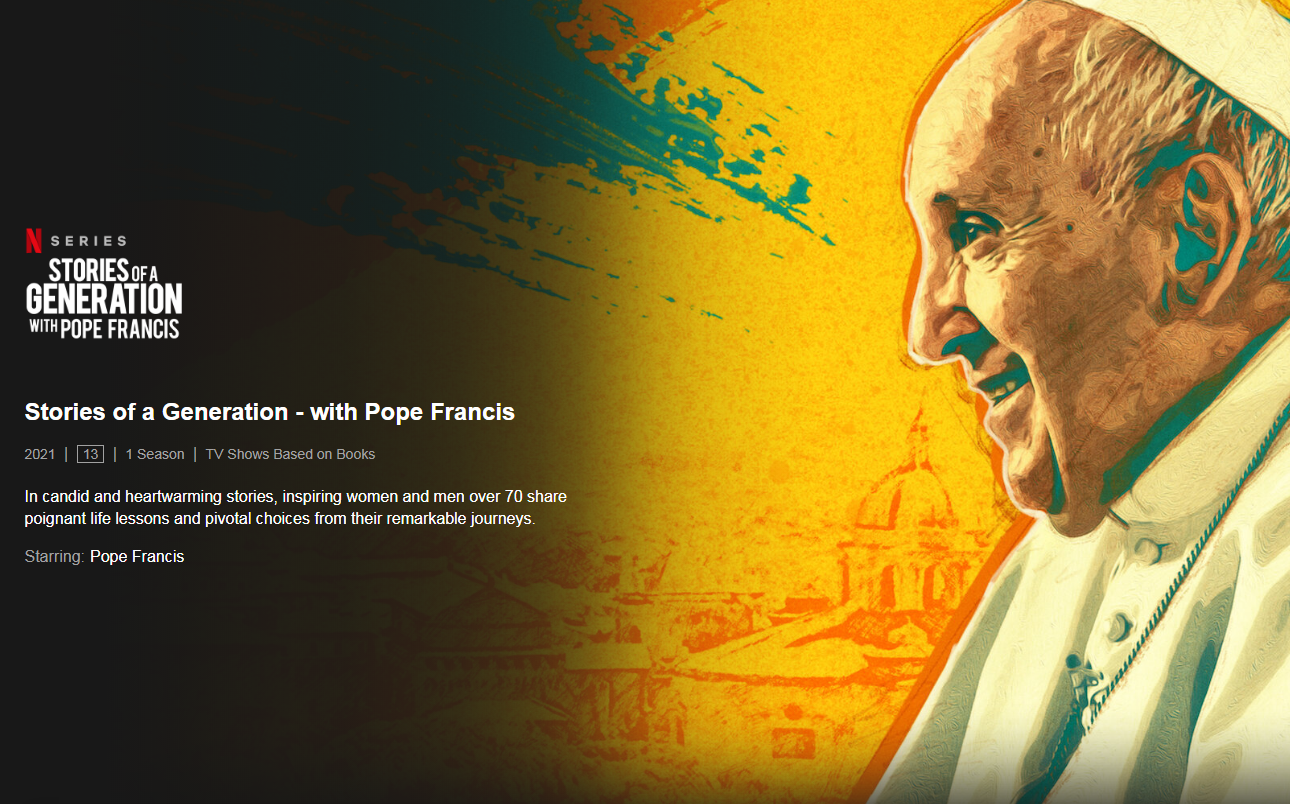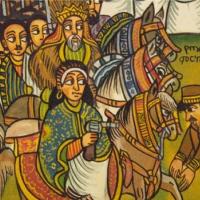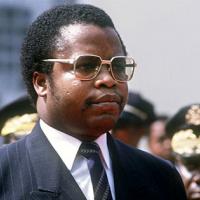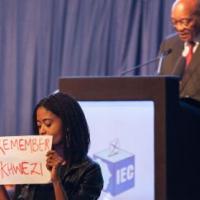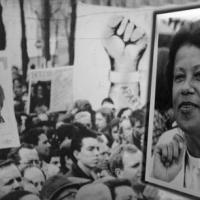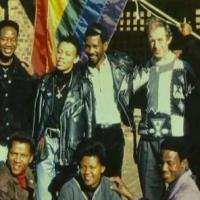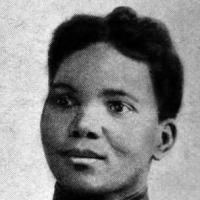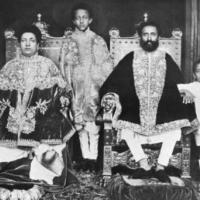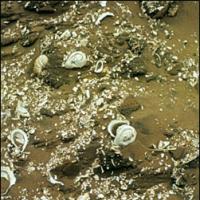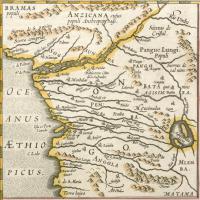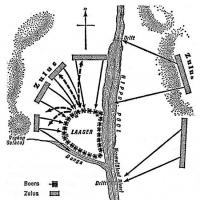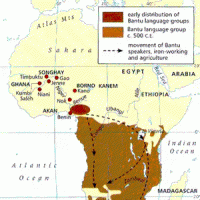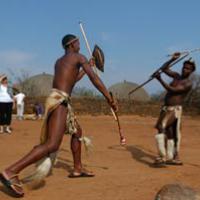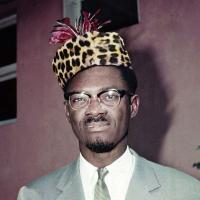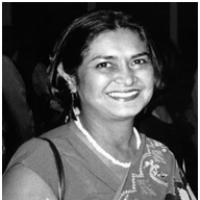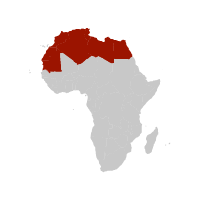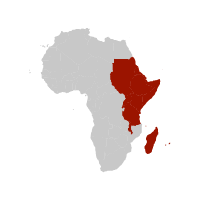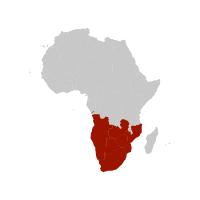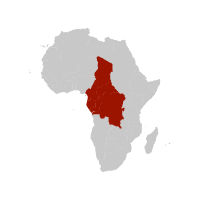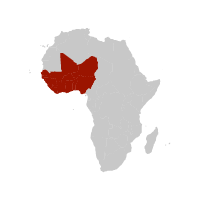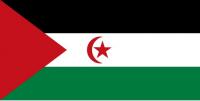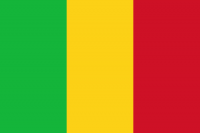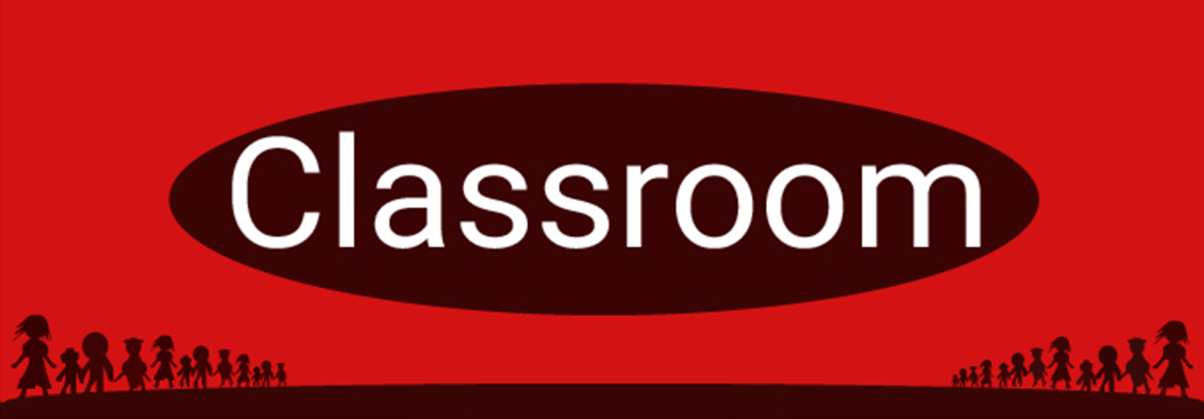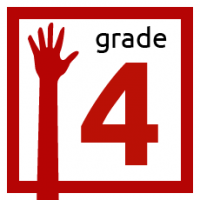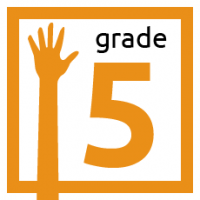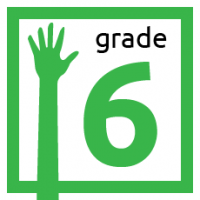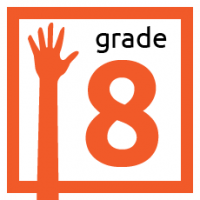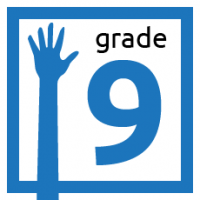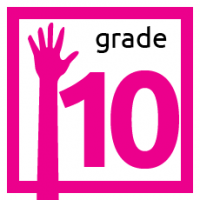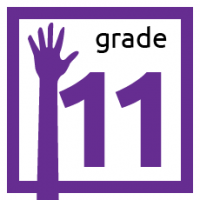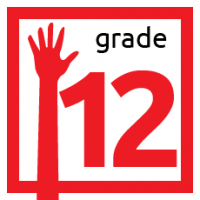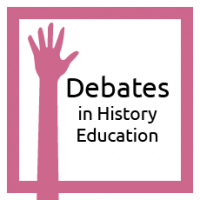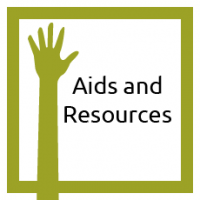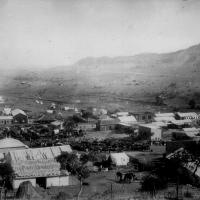Welkom
An Industrial and Commercial heartland, the City derived its name after the Farm; 'Welkom'. Welkom was founded in 1948 by Sir Earnest Oppenheimer, (who was the De Beers mining magnet.)
Welkom is the second-largest City in the Free State Province of South Africa. It is located about 140 Kilometers, North East of Bloemfontein. Welkom is also known as: 'Circle City, City Within A Garden and Matjhabeng'.
It attained Municipal status in 1961 and was declared a City in 1968. Unlike many gold-mining Towns, it was carefully planned from the beginning around a horseshoe-shaped Shopping and Administrative Area.
In addition to Gold and Uranium mining, Welkom has many Industries, including: Slaughtering, Steelmaking, Saw-Milling, and a variety of Manufactures. The City has a Technical College, a Technological Institute, and an Airport. (The Airport, however does not feature scheduled flights and is mainly used for locals travelling on private charter jets. The Airport has one paved runway with very basic facilities.)
The Population in 2001 was 34,158. Today, Welkom has a Population of over 200,000 people, and an Economy that has branched out from Mining into Industry and Agriculture.
The Mine was formerly operated by 'President Steyn Mining Company' and 'Thistle Mining' but with 'Harmony Gold's' acquisition of Pamodzi Gold’s Free State assets, the Steyn 2 shaft has been included in the operational management of 'Bambanani'.
The producing shafts are developed to a depth of 2225.04 Meters, with a hoisting capability of 140 000 000 Kilograms, per month. At present, the President Steyn operation is hoisting around 50,000 000 Kilograms per month, leaving significant scope for increased production.
Much of the history of Welkom is centered around the discovery of gold in the North Western Free State.
It was proclaimed a town in 1948, nine years after a major gold discovery was made in Odendaalsrus, just North of Welkom.
The first prospecting in the area was done by the Englishmen Mr. Donaldson and Mr. Hinds on a portion of the farm Zoeten-Inval in 1896.
The men discovered a small outcrop which seemed to be a conglomerate pebble reef, but they failed to raise interest among mining companies who at that stage did not believe that there was gold to be discovered south of the Vaal River.
They returned to England to test the samples they had extracted, but died before reaching their destination when their ship sank in the Bay of Biscay.
Welkom officially came into being on 15 April 1947, six years after the first mining lease in the area was awarded to the St Helena Gold Mining Company, and was proclaimed a town on 23 July 1948.
On 14 February 1968, after 21 years of existence, Welkom received city status, and celebrated this event with the opening of the Civic Centre by Mrs. Martie du Plessis.
The construction of this building commenced in 1964.
On 8 December 1976, Welkom experienced an earthquake measuring 5.2 on the Richter magnitude scale. The most significant damage caused was the total collapse of a six-storey block of flats, about 75 minutes after the event.
On 20 March 1990, Welkom was struck by a multi-vortex tornado which went through the Suburbs. This tornado was part of a 240 km long storm front and had a width of up to 1.7 km.
On 26 September 1990, Welkom experienced a seismic event with a magnitude of 4.2, which resulted in two deaths and five injuries.
https://www.skillsportal.co.za/tags/goldfields-tvet-college-welkom-campus
https://www.harmony.co.za/business/sa/bambanani
https://www.gov.za/about-government/contact-directory/fs-municipalities/fs-municipalities/matjhabeng-local-municipality https://www.pamodzi.co.za/
https://www.property24.com/farms-for-sale/welkom/free-state/550
https://www.bloomberg.com/profile/company/PGD:SJ



